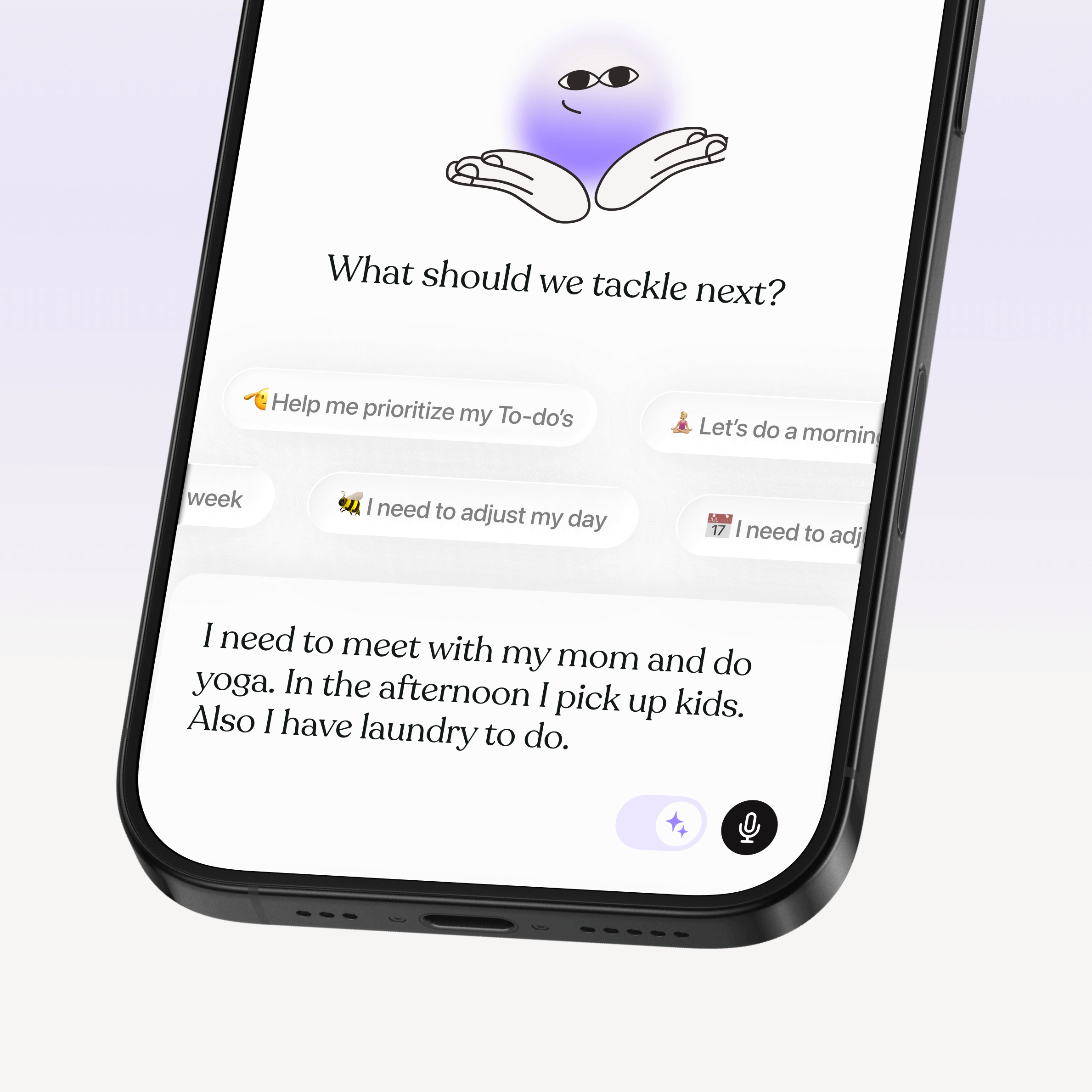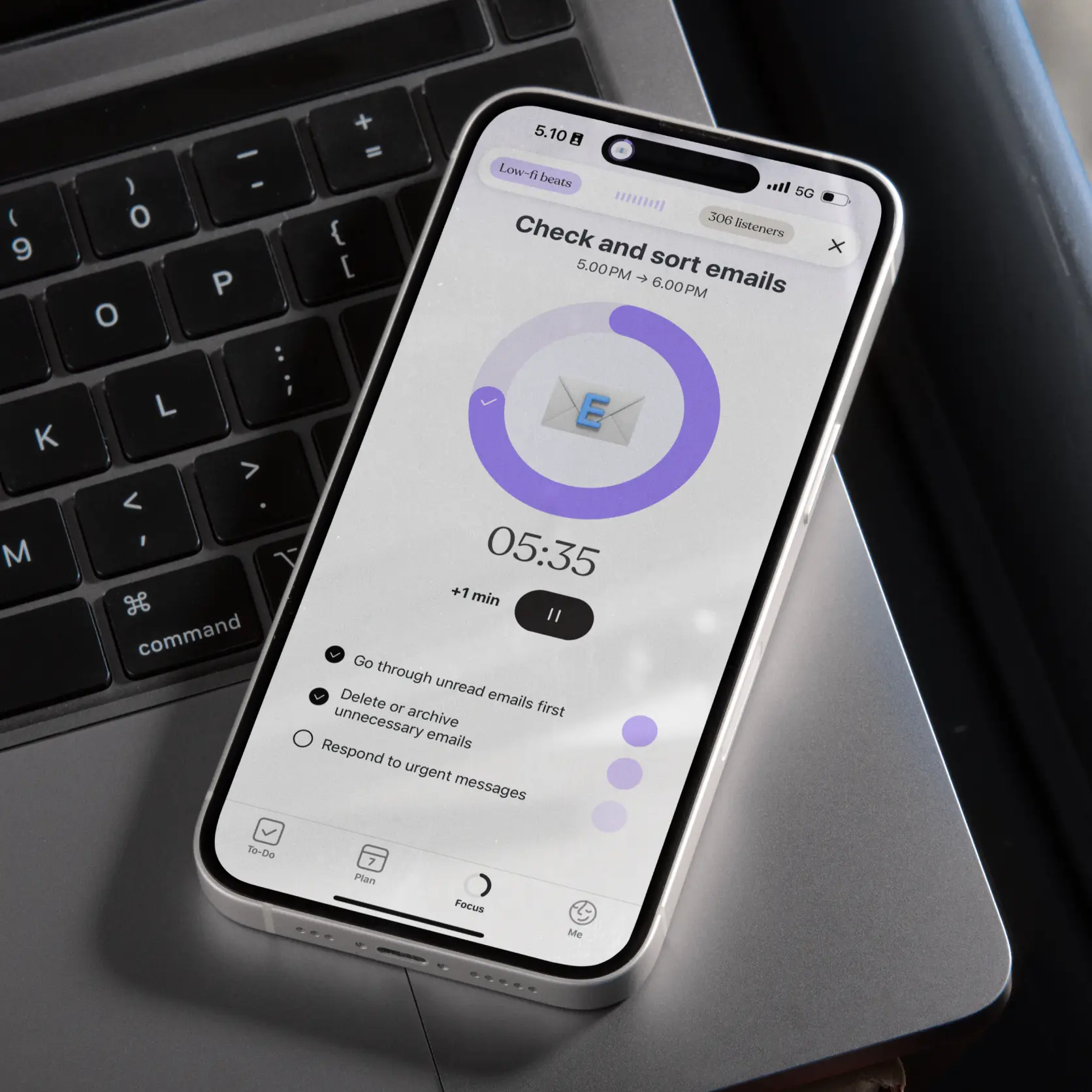The toll of masking
Masking can help Autistic women and girls navigate neurotypical spaces, but it comes at a cost. The mental and emotional effort it takes to constantly self-monitor and suppress natural behaviors can lead to:
Burnout
The ongoing energy drain from masking can result in exhaustion that impacts every part of life.
Mental health challenges
Studies show that masking is linked to higher rates of anxiety, depression, and even suicidal ideation.
Loss of identity
Constantly suppressing traits to meet external expectations can make it harder for people to understand or express their true selves.
These impacts aren’t evenly distributed. For example, Autistic women from underrepresented racial or cultural backgrounds may face additional challenges when masking, such as navigating both ableism and racism. Similarly, individuals with fewer resources may not have access to supportive environments or diagnosis, which can make masking feel like the only option for survival.
Moving toward unmasking and authenticity
Masking isn’t a long-term solution, and it shouldn’t be necessary for anyone to feel safe or included. Instead of expecting Autistic women and girls to adapt, the focus needs to shift to creating environments where they can thrive as their authentic selves.
Here’s how we can start making that shift:
Rethink norms
Stop holding neurotypical behaviors as the benchmark for success or acceptance. Instead, celebrate the diverse ways people communicate, connect, and contribute.
Recognize diversity within Autism
Diagnostic tools and educational approaches need to account for how Autism shows up differently across genders, races, and cultures.
Build inclusive environments
Whether it’s in classrooms, workplaces, or social spaces, prioritize design that accommodates sensory needs, clear communication, and flexibility.
Listen to lived experiences
Autistic women and girls, especially those from marginalized backgrounds, must be at the center of conversations about solutions.
Research also has a role to play. Most studies on masking have focused on cisgender white women, leaving significant gaps in understanding how other intersecting identities influence the experience. By broadening this lens, we can create tools and strategies that better support everyone.
Final thoughts
Masking often feels like a necessary survival strategy for Autistic women and girls in a world that doesn’t always see or understand them. But it shouldn’t have to be. The cost to mental health, identity, and well-being is far too high.
To build a better, more inclusive world, we need to stop asking Autistic people to change who they are and start challenging the systems that exclude them. The richness of neurodiversity lies in its authenticity and when we create spaces where people feel safe to unmask, we all benefit.









